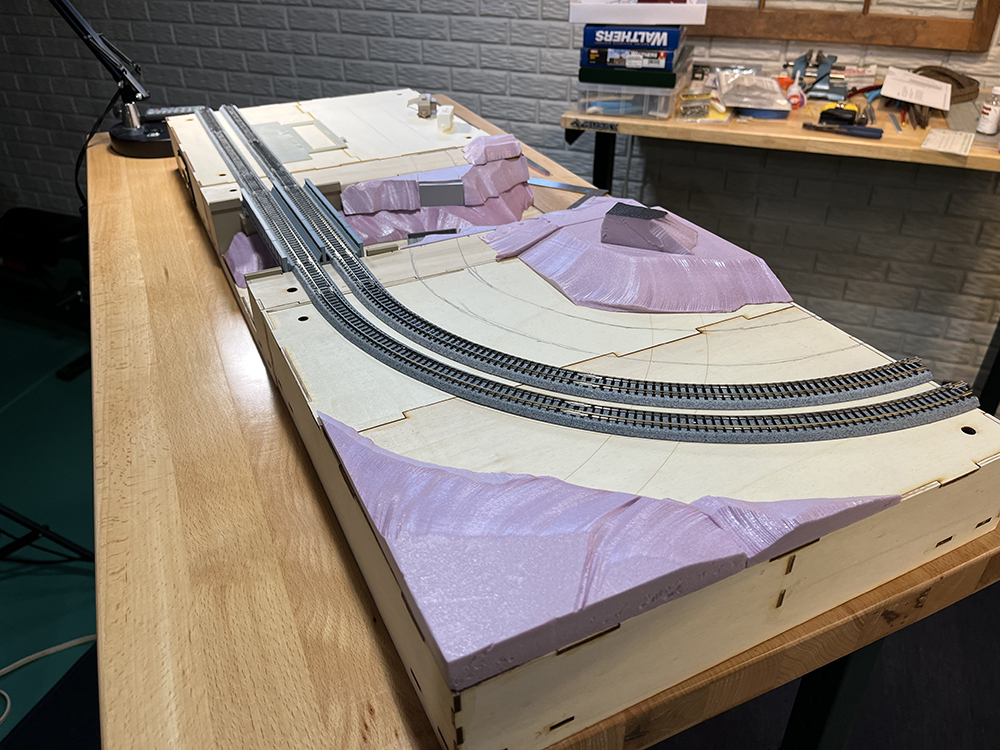
Modelers David Popp, Brian Schmidt, and Bryson Sleppy begin the scenery process on their T-TRAK modules by looking at photos of the Colorado plains. T-TRAK is a modular N scale railroading system that uses foot-wide boxes plugged together to build tabletop layouts. In this fifth installment, the three modelers explain how to build hills and […]
Read More…
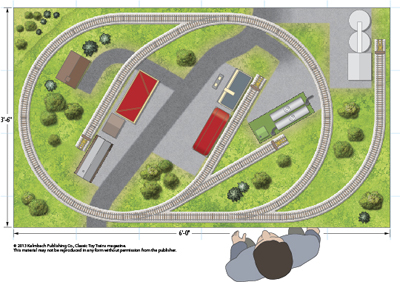
Layout designer: William Holt Scale: S Layout size: 3.5 x 6 feet Track type: MTH S-Trax Minimum curve: R-19 curve Originally appeared in the November 2013 issue of Classic Toy Trains. An S gauge starter set oval with add-ons An S gauge starter set oval with add-ons schematic An S gauge starter set oval […]
Read More…
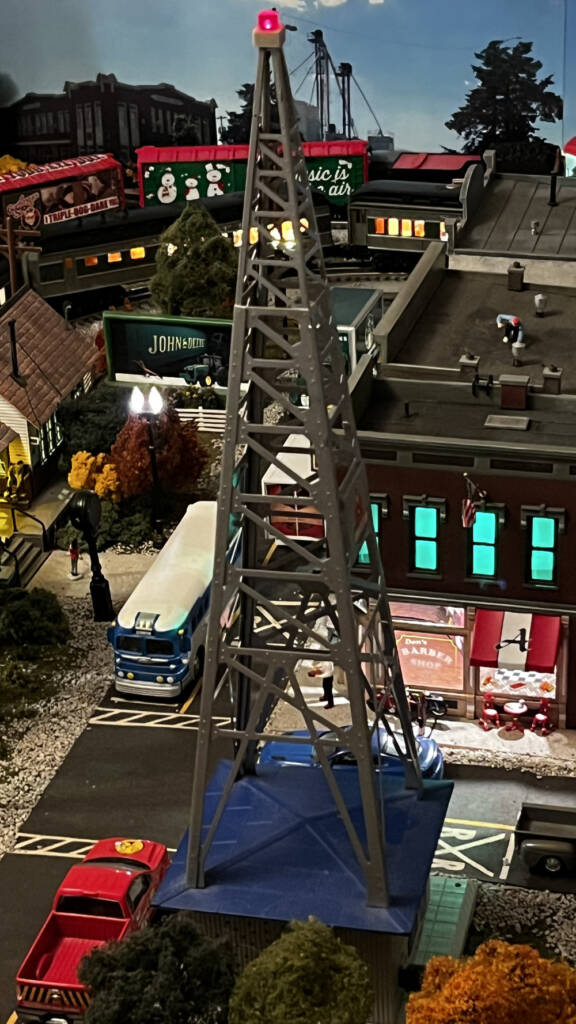
One of the joys of modern model railroading is incorporating new technology. Using a familiar mobile device, for instance, can add more life and realism to a layout. About five years ago, as I was building my 4 x 8 O gauge layout, I read about Lionel’s No. 84611 Bluetooth Radio Tower and its functionality […]
Read More…
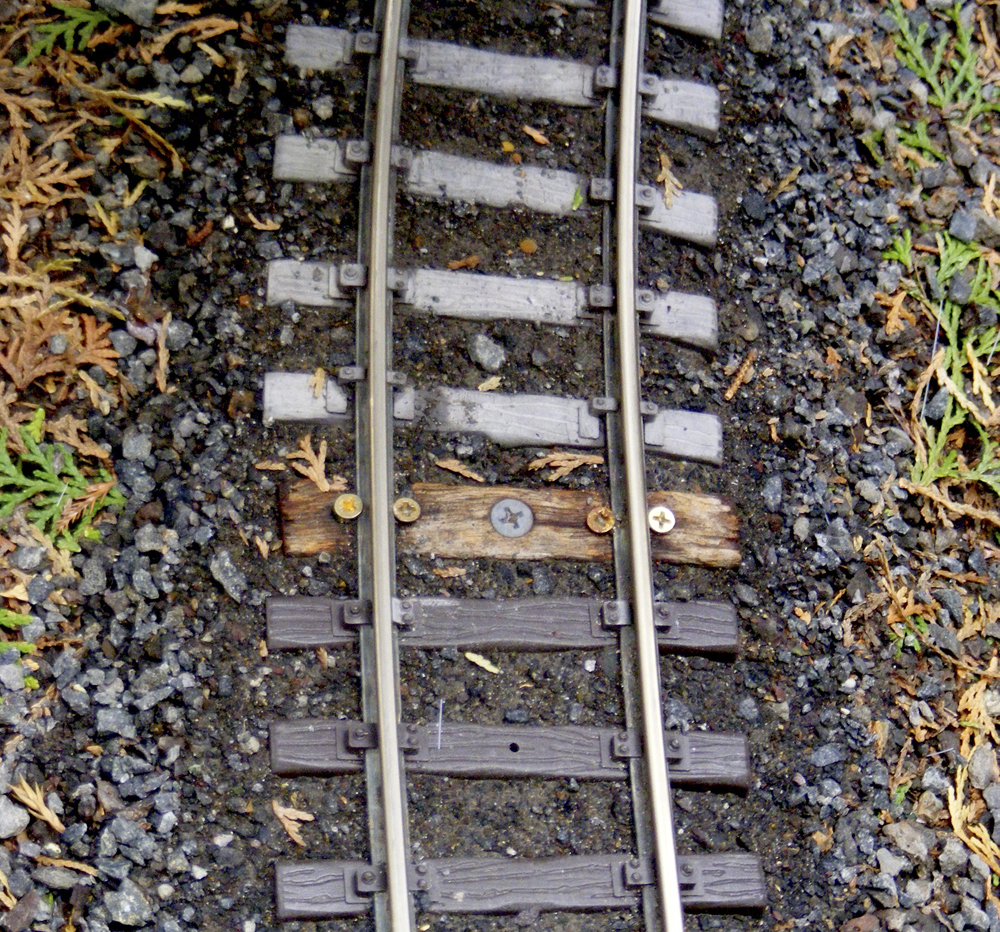
Five track and roadbed tips Smoother soldered rail joints I had a problem getting smooth solder joints when soldering together 5′ rails. I took an 8′ 2 x 4 and cut a groove down the middle of one side, just wide enough to hold the rail. Then I cut a wide notch in the 2 […]
Read More…
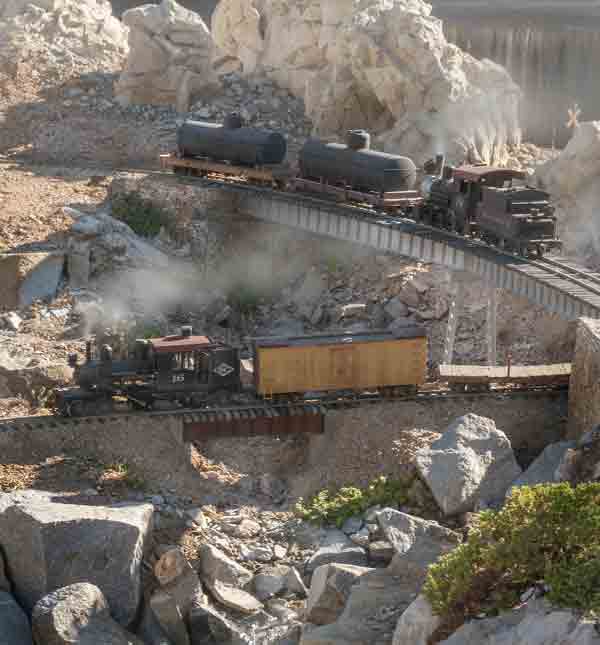
Garden railway at a glance Name: Snow Creek Railroad Size: Approximately 50′ x 50′ Scale: 1:20.3 Gauge: Nº 1 (45mm) Era: 1930-1950 Theme: High desert/mountain railroad accessing mines, quarries, and passengers Age: Original, 19 years; rebuilt portion, 3 years Motive power: LGB and Bachmann locomotives Length of mainline: 300′ Maximum grade: 3% Type of track: […]
Read More…

The railroad at a glance Name: TooMuchFun Railroad Size: 60′ wide x 25′ deep x 15′ high Scale: Varies from 1:24 to 0-scale figures in some areas using forced perspective Gauge: Nº 1, plus a small N gauge railroad within the railroad Era: Mythical, Medieval, 1800s to present Themes: 15+ different themes, from Wizard of […]
Read More…
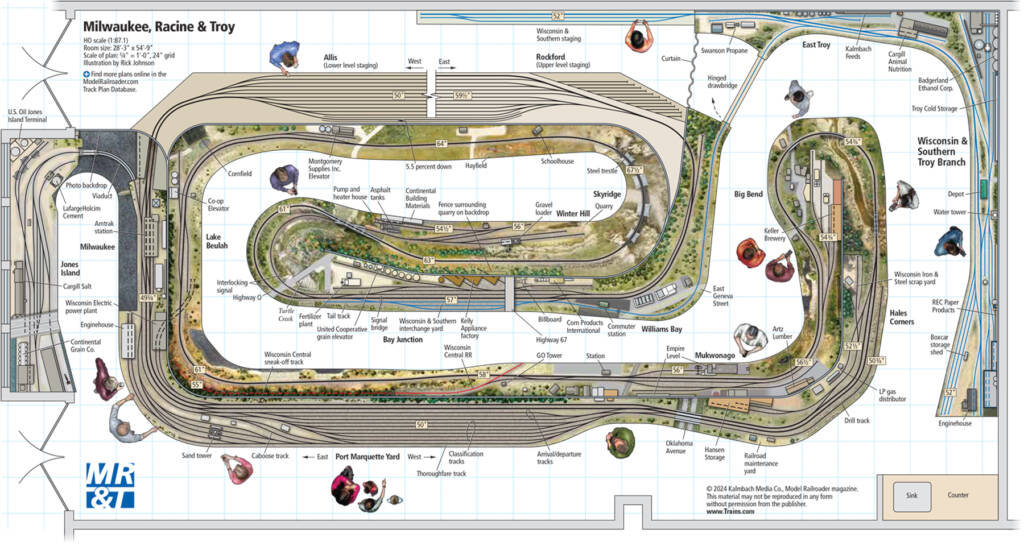
Facts and features Name: Milwaukee, Racine & Troy RR Layout owner: Model Railroader staff Scale: HO (1:87.1) Size: 28 x 54 feet Prototype: freelanced bridge line Locale: Southeastern Wisconsin Era: current day Style: walk-in Mainline run: approx. 200 feet Minimum radius: 36″ (main) Minimum turnout: no. 6 (main), no. 4 spurs Maximum grade: 3 percent […]
Read More…
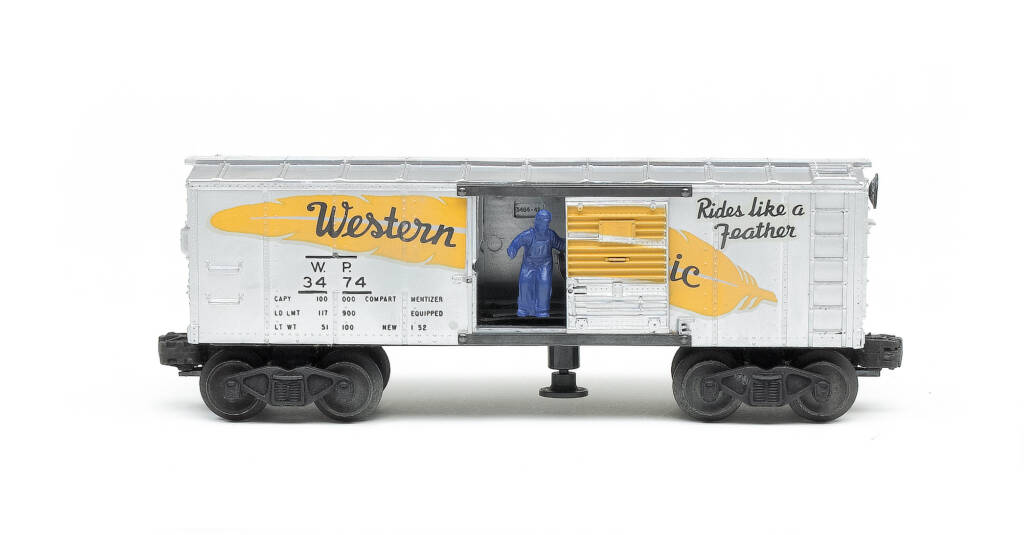
The Lionel No. 3474 Western Pacific Operating Boxcar upgrades any collection of postwar trains. It was another great model introduced in the outstanding year of 1952, which is covered in detail in Lionel Trains of the 1950s, a special interest publication from Classic Toy Trains. Over the past few years on Trains.com, I’ve been suggesting […]
Read More…
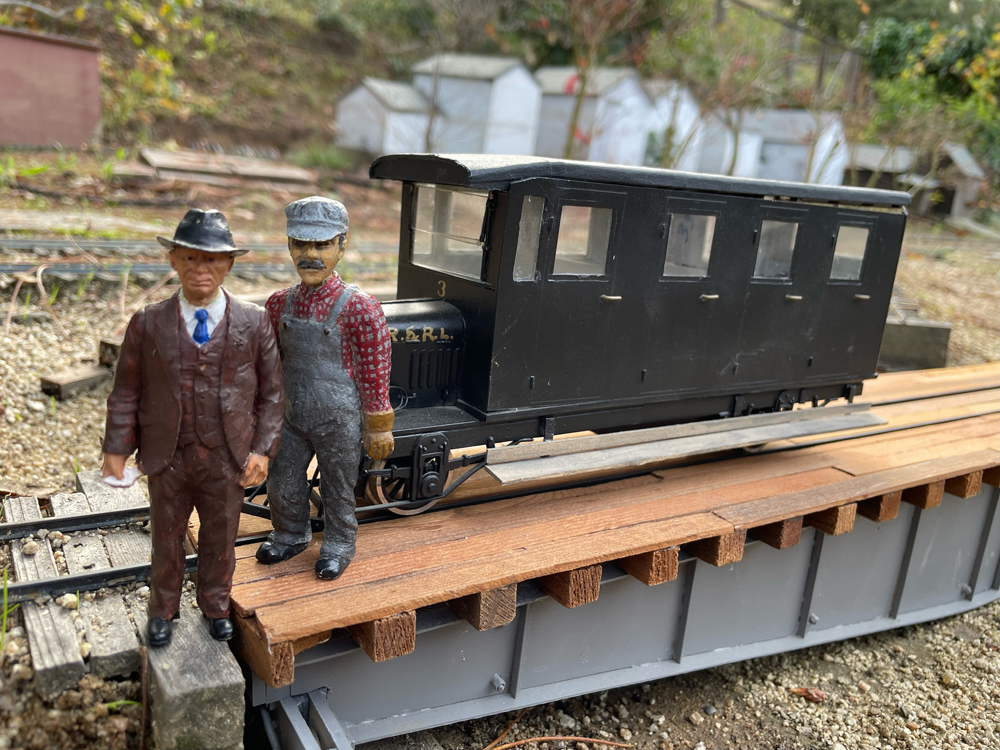
I have always liked narrow gauge. In my early 20s I tried my hand at modeling a bit of the South Pacific Coast RR in HOn3. But truthfully, I didn’t have the skills or the time. Frankly, my first love was the 2-foot gauge Sandy River and Rangeley Lakes. I remember talking to Bob Brown, […]
Read More…

In 2023, I wrote an article about four young men under the age of 40 that were either modelers or worked in the model railroad industry. I had noticed a lot of young people working for various manufacturers at the National Train Show in Grapevine, Texas. Since then, I had the opportunity to attend the […]
Read More…

There’s never been a shortage of large industrial structures for three-rail layouts. Many of them could have been coal-powered. You need not go broke buying high-dollar hoppers or high-side gondolas to carry the rivers of black diamonds needed to keep commerce humming. Back in the postwar days Lionel made a wide variety of scale and […]
Read More…
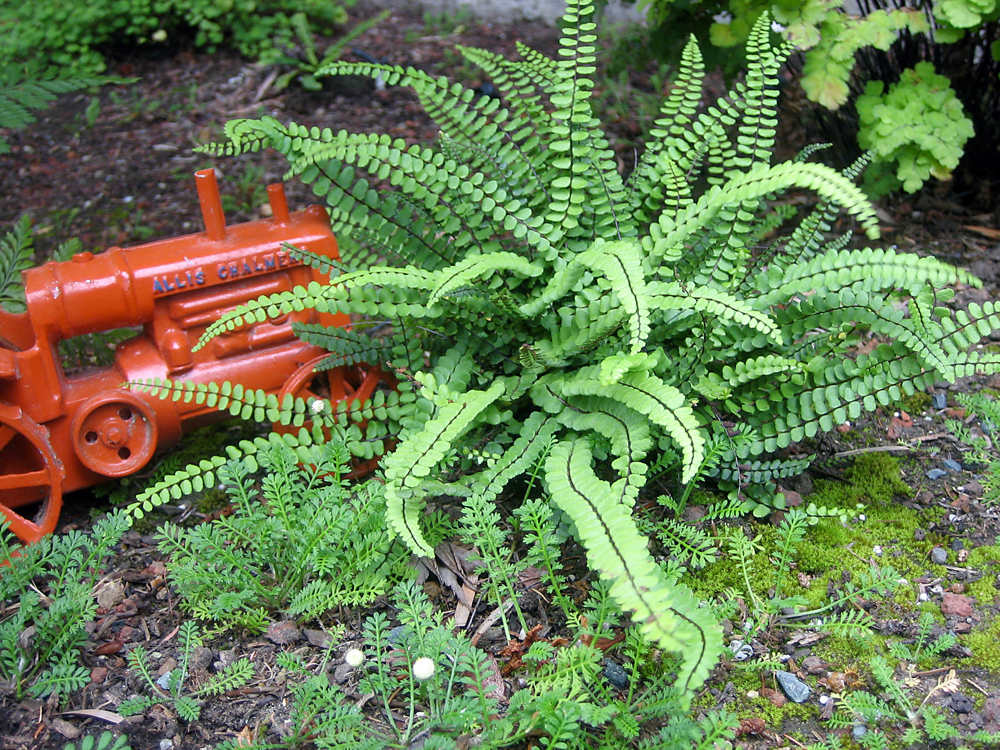
Common name: Maidenhair spleenwort Latin name: Asplenium trichomanes
Plant type: Perennial
Plant size: 3-12″ high x 3-12″ wide USDA Hardiness Zones: 2-11 Cultural needs: Moist, rich, well-drained soil or rock crevices; partial to full shade In the wilds of the Pacific Northwest, maidenhair spleenwort grows under overhanging rock ledges, in moist crevices at high elevations. […]
Read More…












